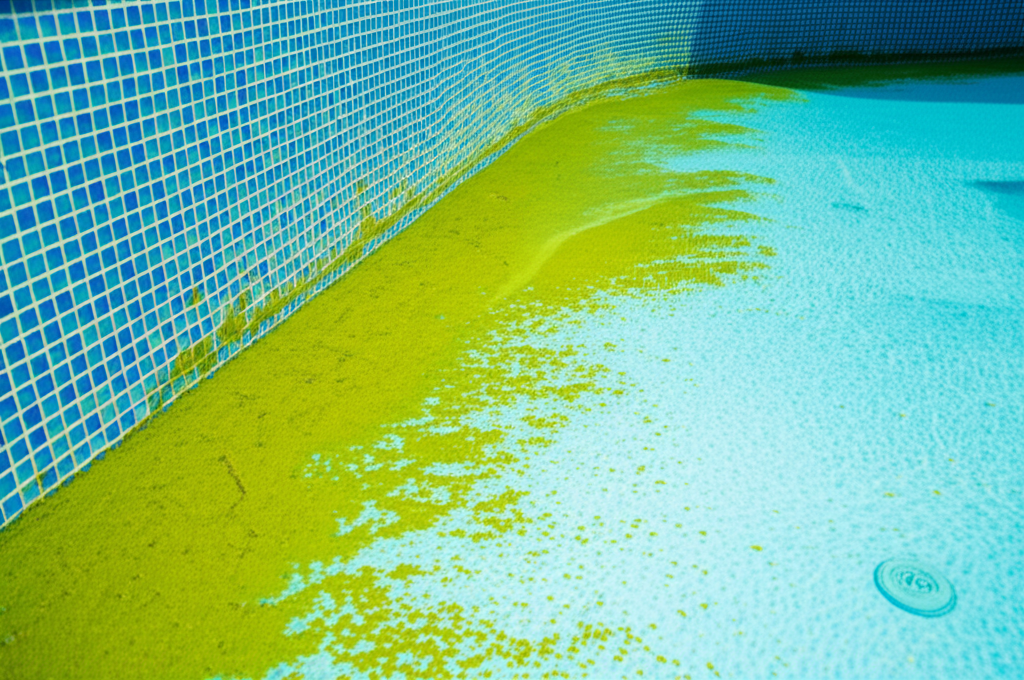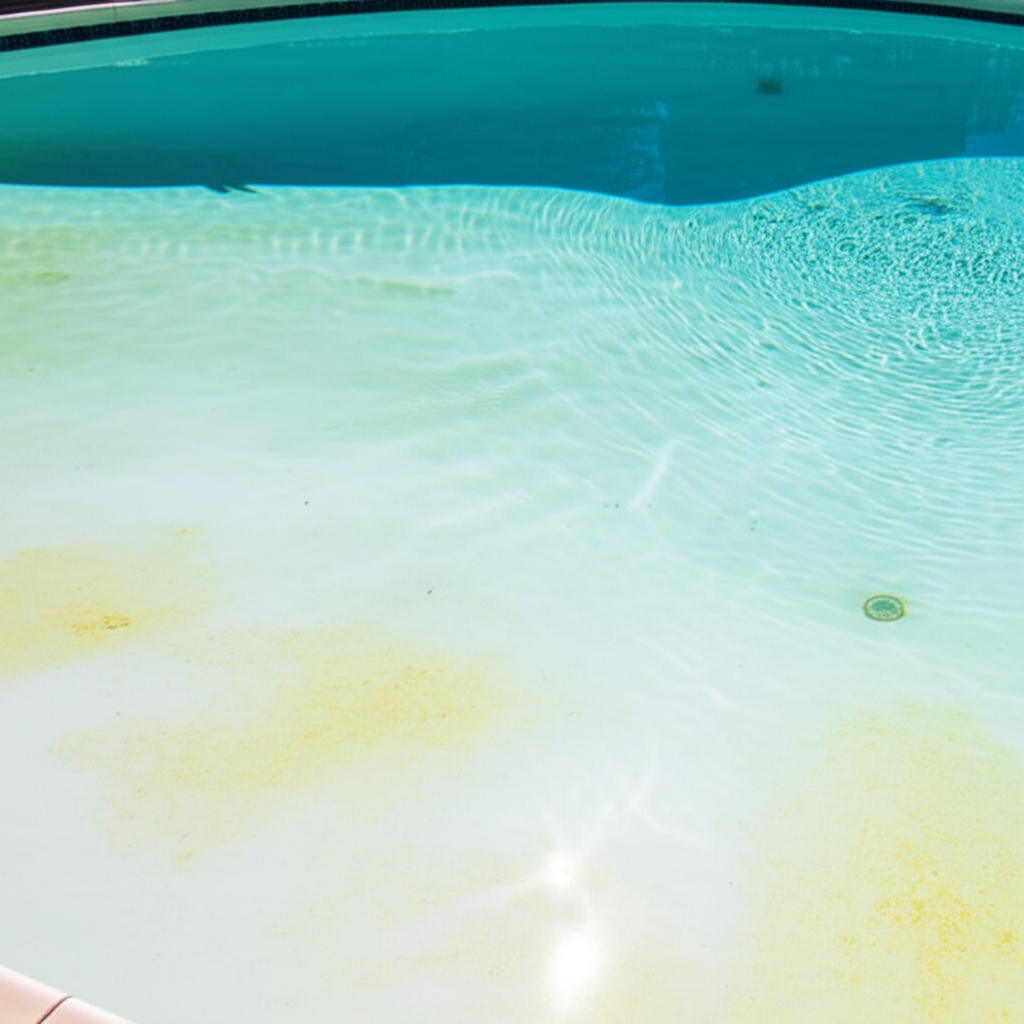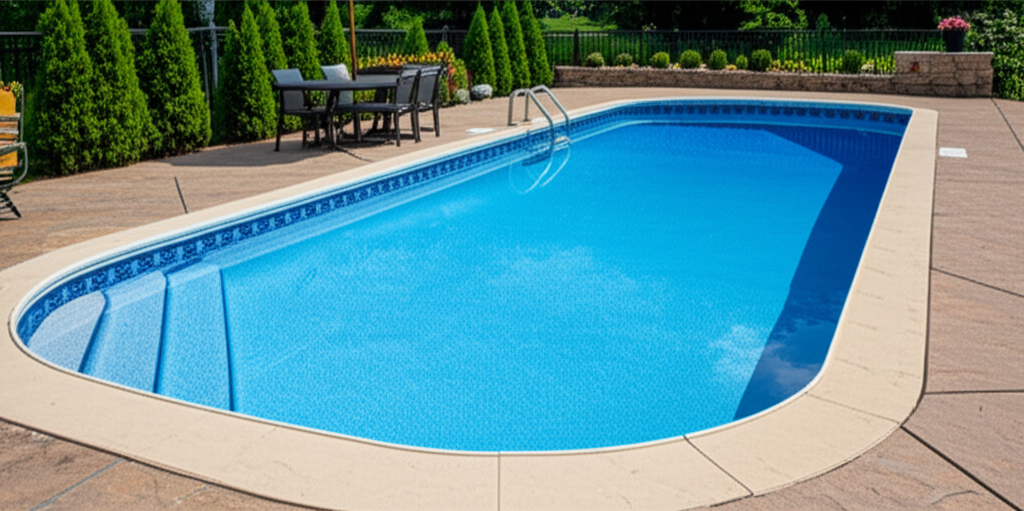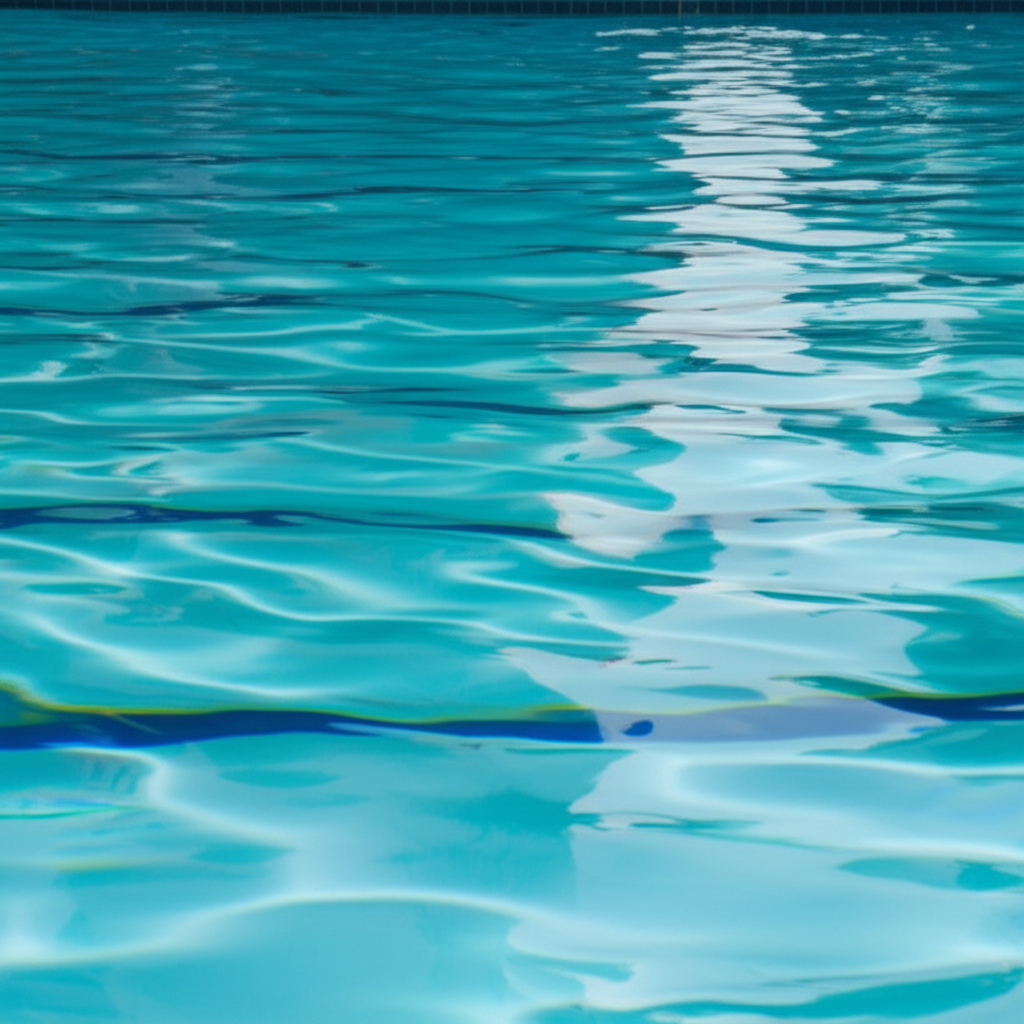- What is Mustard Algae? The Sneaky Yellow Pool Algae
- Why Your Pool Gets Mustard Algae
- Identifying Yellow Pool Algae: A Closer Look
- Your Step-by-Step Guide to Eliminating Mustard Algae, Fast!
- Preventing Future Mustard Algae Outbreaks
Mustard Algae, also known as yellow pool algae, is a common and particularly persistent nemesis for pool owners. Unlike its vibrant green cousin which often signals a simple lack of chlorine, mustard algae is a more elusive and resilient adversary. Its powdery, yellowish-brown appearance can cling to your pool’s surfaces, steps, and even pool toys, making your once inviting oasis look dull and unkempt. Recognizing the signs early and tackling it with the right strategy is crucial for restoring your pool’s sparkle.
What is Mustard Algae? The Sneaky Yellow Pool Algae
Identifying mustard algae can be tricky because it often resembles dirt or pollen settling on the bottom and sides of your pool. However, there are key differences. While dirt or pollen will typically dissipate when brushed, mustard algae, despite appearing to brush away easily, will quickly reappear in the same spots. This subtle but stubborn regrowth is a hallmark of this particular type of algae. It thrives in shaded areas and is known for its resistance to standard chlorine levels, making it a formidable opponent for even the most diligent pool maintenance routine. Chemically, it’s believed to be a form of green algae that has adapted to lower light and sanitizer levels, developing a protective outer layer that makes it difficult to eradicate.
Why Your Pool Gets Mustard Algae
Understanding the causes of a mustard algae outbreak is the first step toward effective elimination and prevention. Several factors can contribute to its proliferation:
Low Sanitizer Levels: This is the most common culprit. Insufficient chlorine or other sanitizer levels allow algae spores to take root and multiply unchecked.
Poor Circulation: Areas with stagnant water, such as behind ladders, in corners, or under steps, are prime breeding grounds for this opportunistic algae.
Ineffective Filtration: A dirty or malfunctioning filter cannot adequately remove algae spores and other contaminants, leading to water imbalances.
Contaminated Equipment: Pool toys, cleaning brushes, vacuum hoses, and even swimsuits can carry mustard algae spores from one pool to another, or from affected areas back into a clean pool.
Warm Weather: Algae, including the yellow variety, flourishes in warmer water temperatures, which can quickly turn a minor issue into a full-blown infestation.
Phosphates: These compounds are a food source for algae. High phosphate levels, often introduced by leaves, fertilizers, or certain pool chemicals, can accelerate algae growth.
Identifying Yellow Pool Algae: A Closer Look
As mentioned, mustard algae presents as a fine, yellowish-brown powder. It doesn’t typically appear as large, slimy clumps like green algae. Instead, it spreads thinly across surfaces, making it look like dust or sand. You’ll most commonly find it:
On the shady side of the pool.
Along the pool walls, especially near the waterline and corners.
On the bottom, particularly in areas with poor circulation.
On pool steps and ladders.
Adhering to pool equipment such as vacuums, brushes, and even pool covers and toys.
The tell-tale sign remains its ability to brush off easily, only to reappear within hours or a day later.
Your Step-by-Step Guide to Eliminating Mustard Algae, Fast!
Tackling a mustard algae infestation requires a thorough and aggressive approach. Skipping steps or cutting corners will almost certainly lead to its swift return.
Step 1: Get Prepared
Begin by testing your pool water. Ensure pH and alkalinity are within optimal ranges (pH 7.4-7.6, alkalinity 80-120 ppm) as balanced water chemistry allows your sanitizer to work most effectively. Gather your supplies: a good pool brush, a high-quality granular shock (calcium hypochlorite or lithium hypochlorite), an algae brush, and a pool vacuum capable of vacuuming to waste.
Step 2: Brush, Brush, Brush
This is arguably the most critical physical step. Use a stiff-bristled pool brush (ensure it’s safe for your pool surface) to vigorously scrub every inch of your pool. Pay extra attention to corners, crevices, steps, and under ladders – anywhere the algae is visible. The goal is to loosen as many algae cells as possible from the surfaces, allowing the chemicals to penetrate their protective layer.
Step 3: Super Chlorination (Shock Treatment)
Once brushed, it’s time to hit the algae with a powerful dose of sanitizer. For mustard algae, you’ll need to “super shock” your pool. This means applying 3-5 times the normal amount of granular chlorine shock. Always follow the manufacturer’s instructions for pre-dissolving the shock (if recommended) and broadcasting it evenly around the pool, especially in areas with visible algae. Do this at dusk or night to prevent the sun’s UV rays from breaking down the chlorine too quickly. Run your filter continuously during this process and for at least 24-48 hours afterward.
Step 4: Filter System Overdrive
Keep your filter running 24/7. Mustard algae is known for its small spores, and continuous filtration will help capture them as they circulate. Backwash or clean your filter frequently (daily or even twice a day, if pressure increases rapidly) during the treatment period to remove trapped algae and maintain optimal filtration. If you have a D.E. or cartridge filter, you may need to clean or replace the filter media.
Step 5: Vacuum to Waste
After shocking and filtering for 12-24 hours, you’ll likely see dead algae settled on the bottom. It’s crucial to vacuum this sediment directly to waste, rather than through your filter. Vacuuming to waste bypasses your filter, expelling the contaminated water and algae directly out of the pool, preventing it from recirculating. If you don’t have a “waste” setting, you’ll have to rely on meticulous filtering and frequent backwashing.
Step 6: Clean Everything Else
Remember that contaminated equipment? It’s time to clean it thoroughly. Submerge pool brushes, vacuum heads, hoses, nets, and even pool toys in a strong chlorine solution (e.g., a bucket of pool water with extra granulated shock) for at least an hour. Wash swimsuits and towels that may have been exposed. Consider hosing down your pool deck with a chlorine solution as well.
Step 7: Re-test and Balance
After the super chlorination and filtration process, re-test your pool water parameters. Your chlorine levels will likely be very high. Continue to run your filter until chlorine levels drop back to a safe, swimmable range (1-3 ppm). Re-balance your pH, alkalinity, and calcium hardness as needed.
Preventing Future Mustard Algae Outbreaks
Prevention is always easier than cure. To keep this persistent yellow pool algae at bay:
Maintain Consistent Sanitizer Levels: Regularly test your water and ensure your chlorine or other sanitizer levels are consistently within the recommended range.
Routine Brushing: Even when the pool looks clean, a quick weekly brush of the walls and floor can dislodge nascent algae before it takes hold.
Optimize Circulation: Run your pool pump for an adequate amount of time each day (typically 8-12 hours, depending on pool size and system efficiency) and ensure jets are pointed to encourage full water turnover.
Clean Your Filter Regularly: A clean, efficient filter is your first line of defense against all types of contaminants, including algae spores.
Remove Phosphates: Consider using a phosphate remover if you frequently battle algae or have high phosphate readings.
* Clean Pool Equipment: Regularly clean and sanitize pool toys, floats, and maintenance equipment, especially if they have been in other pools.
By taking a proactive and aggressive approach, you can effectively banish mustard algae from your swimming pool and enjoy clear, sparkling water all season long.




